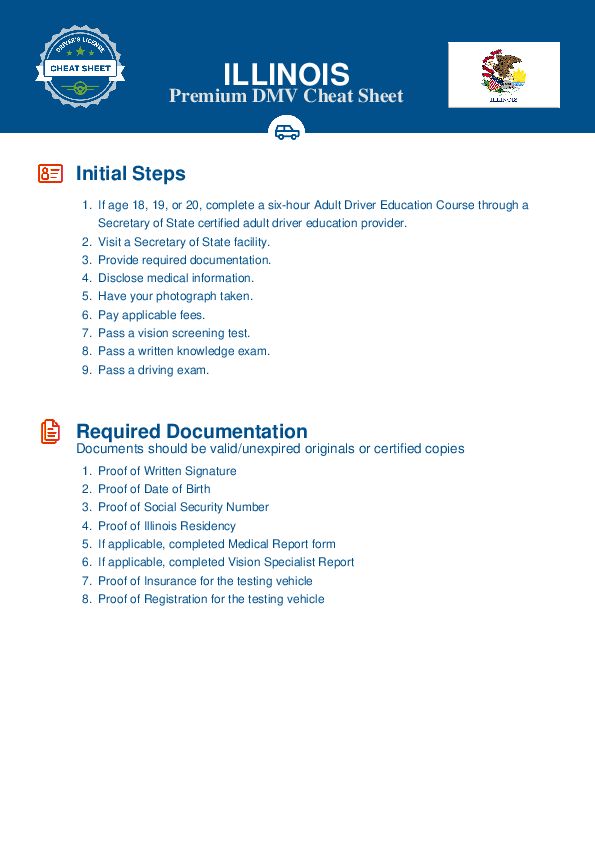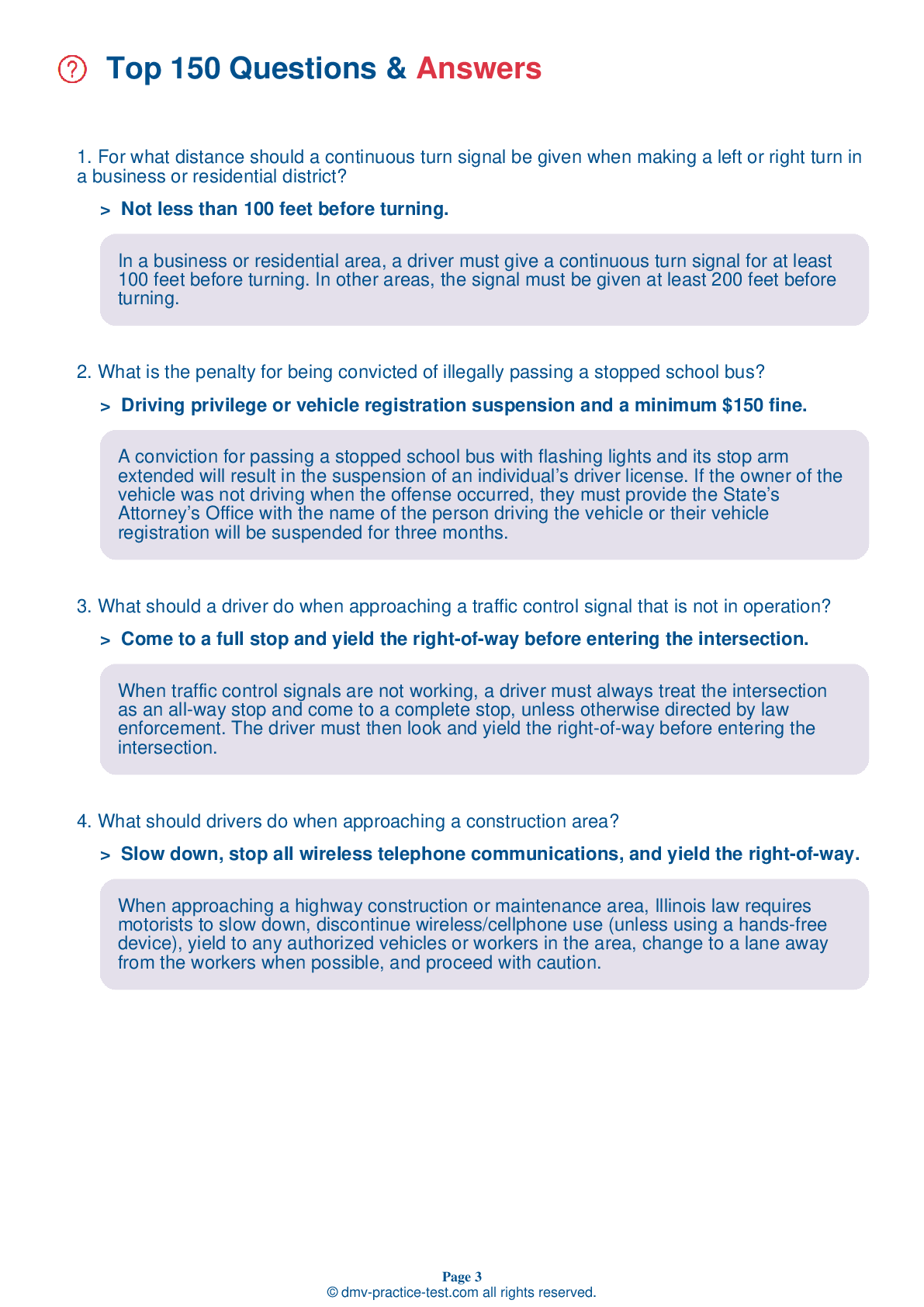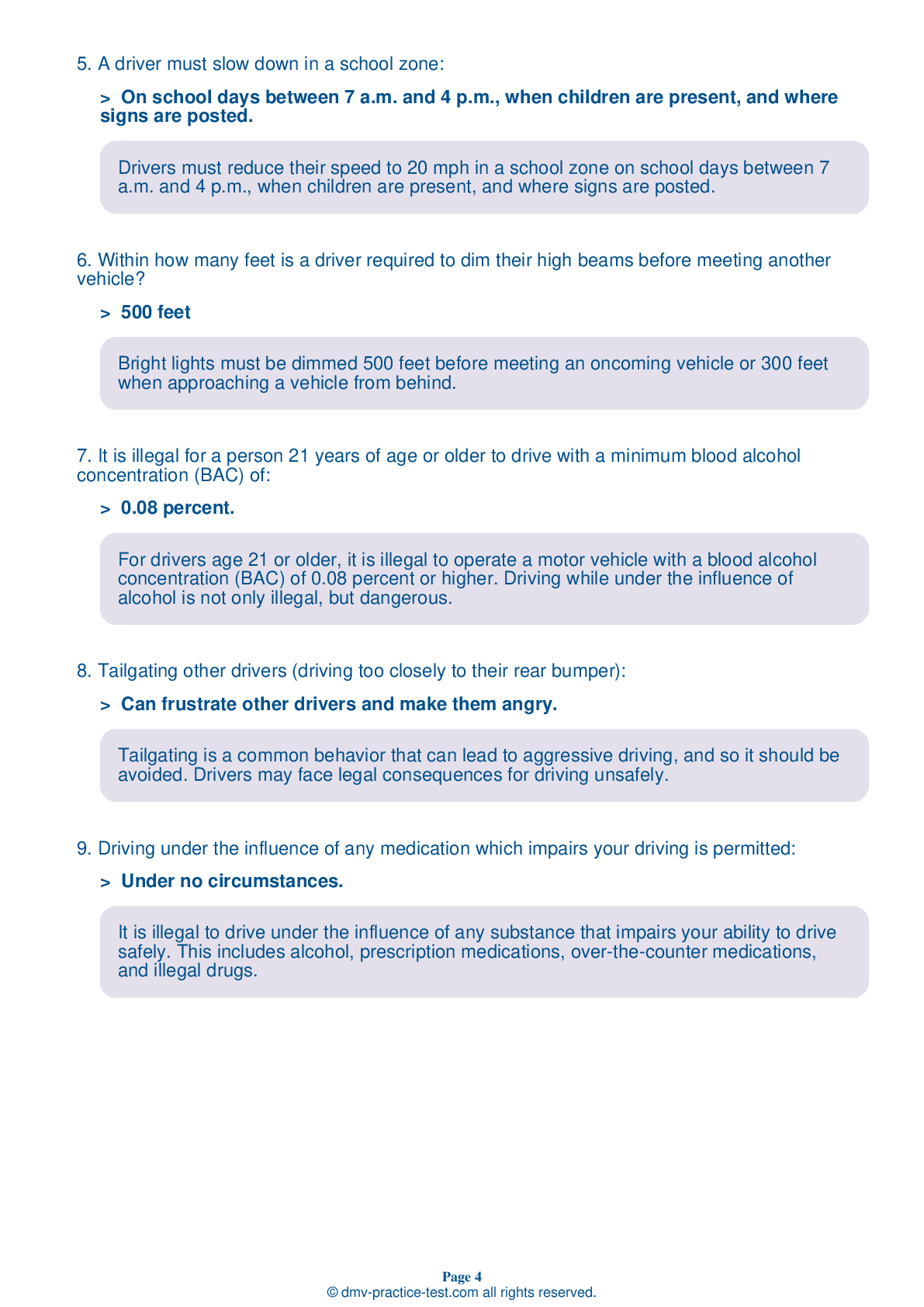FREE Illinois DMV Practice Test #15
For January 2025, this set of Illinois DMV practise tests has been updated. It includes questions based on the most important traffic signs and rules for 2025 from the Illinois Driver Handbook. To study for the DMV driving permit test and driver's licence exam, use actual questions that are very similar (often identical!) to the DMV driving permit test and driver's licence exam.
Each question on the practise exam has a tip and explanation to help you recall the ideas. Questions about traffic rules, traffic signs, and driving statutes, as well as information from the Driver Handbook, will be included in the written portion of the official DMV test.
You must properly answer 38 of the 35 questions to receive a passing mark. To help you prepare for your Illinois instruction permit or driver's licence, take our DMV practise test.
The DMV exam is offered in a variety of languages.
Using any form of testing help will result in an automatic fail, and the DMV may take further action against your driver's licence, so avoid it.
1 . To help others see you when daylight begins to fade, you should use your:
As daylight begins to fade, turn on your low beams to help others see you. Only use your high beam headlights in an open area where no other drivers are present.
2 . What does this road sign mean?

Warning signs are usually yellow with black markings. This sign warns that merging traffic will be entering from the right, so drivers should prepare to allow the incoming traffic to safely merge.
3 . This sign indicates a:
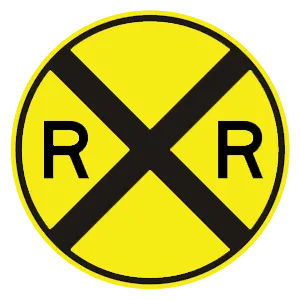
Yellow signs with black markings are used to warn drivers about upcoming hazards or special conditions. Round signs are used only to warn about upcoming railroad crossings.
5 . What does this road sign indicate?

Pentagonal signs indicate that you are in or are approaching a school zone and/or school crossing. Be aware of children when driving near a school zone and follow posted speed limits.
6 . When you see this sign, you should stop and:

At a stop sign, you must come to a full stop and check for traffic in all directions before proceeding.
7 . When driving in fog or mist, never put your headlights on the high beam setting because:
In foggy or misty conditions, you should not use your headlights on their high beam setting because the light will be reflected back into your eyes.
8 . A "Merging lanes" sign means drivers should be prepared to change lanes or allow other traffic to come into their lane.
A "Merging lanes" sign indicates that two lanes of traffic going the same direction will soon merge into one lane. Drivers should be ready to either change lanes or allow other traffic to merge into their lane.
9 . This sign means:
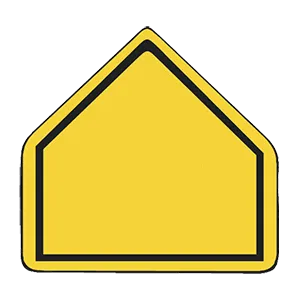
A five-sided yellow or yellow-green sign alerts drivers to either a school zone or school crossing.
10 . It is permissible to make a right turn against a red signal light after stopping and yielding to other vehicles and pedestrians.
A driver may make a right turn at a red light unless there is a sign prohibiting it. Before turning, they must come to a complete stop and yield to other drivers and to pedestrians.
11 . When driving on a slippery surface, such as snow or ice:
To prevent skidding on slippery surfaces, you should shift to a low gear before going down a steep hill. You should also follow farther behind the vehicle in front of you than you normally would. Quick stops should be avoided. Unless you have antilock brakes, pump the brakes to slow or stop.
12 . An orange-colored sign like this means:
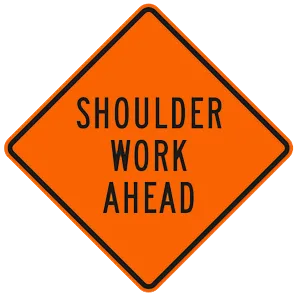
Orange-colored signs indicate construction areas. Proceed with caution.
Need Car Insurance? No problem!
Compare the best rates in Illinois and find a personalized policy that meets your needs.
1. Are You Currently insured ?
2. Married ?
3. Do you own your Home?
4. Do you have more than 1 car ?
5. Have you or a Family Member Honorably Served in U.S. Military ?
6. Your Name
7. Age
8. Zip code
IMPORTANT REMINDER:Auto Insurance is Mandatory to drive in Illinois. Get covered before you hit the road to avoid any fines.
Ranked by best match

